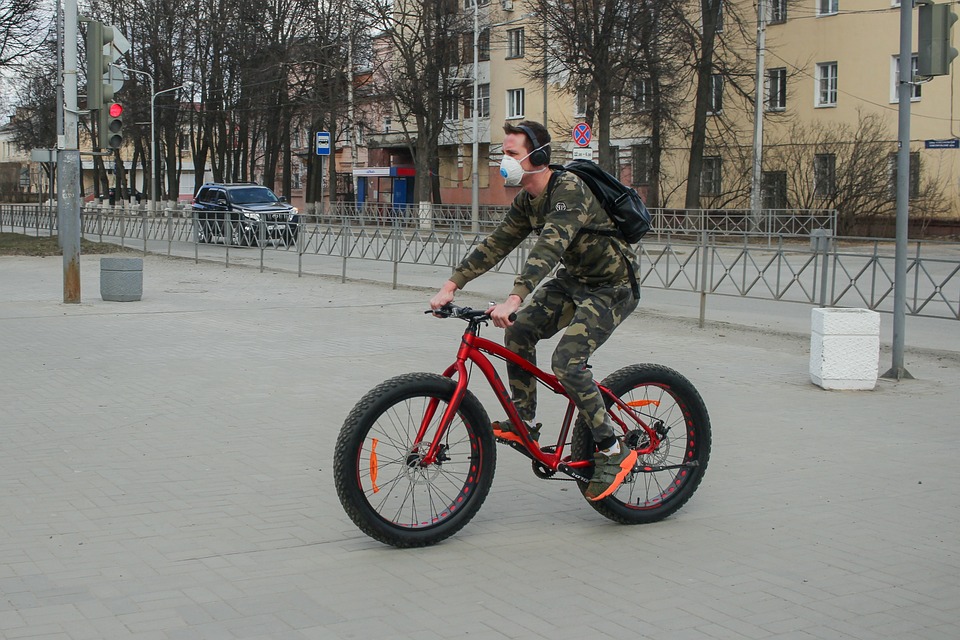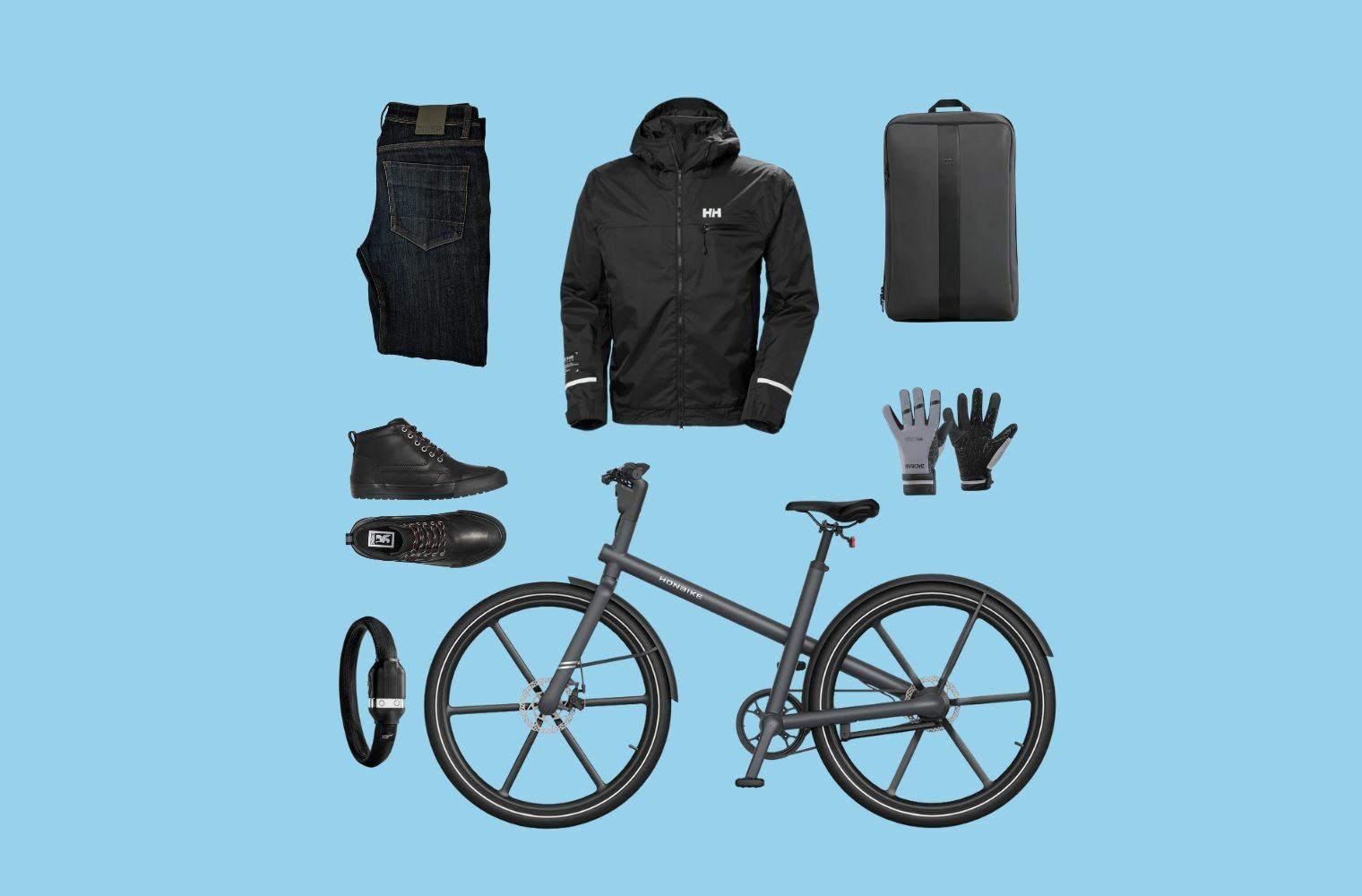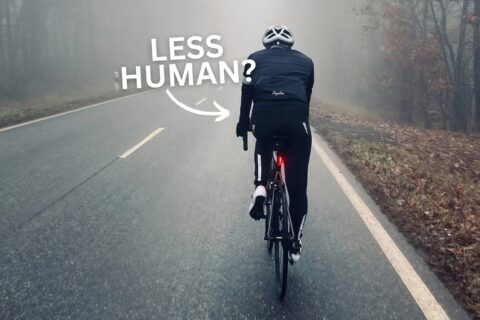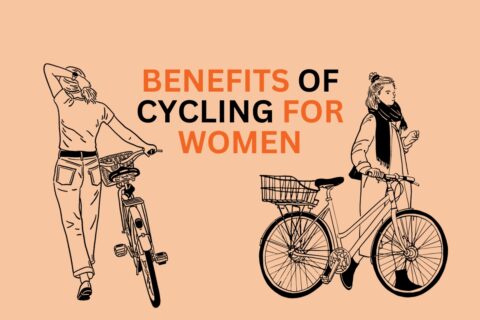This post may contain affiliate links, which help to keep Discerning Cyclist rolling. Learn more.
Shortly before we waved goodbye to the pre-lockdown, ‘normal’ world in mid-March, my bicycle was starting to gather dust in the garage.
I enjoy cycling, of course, but it was becoming harder to justify setting time aside for a good, sturdy ride through work and other hobbies and interests eating into my time. Plus, no exercise is as enjoyable during the cold snap winter than it is when you can feel the breeze of spring or the summer sun on your skin.
And yet, since coronavirus effectively shut down our world as we knew it indefinitely, I’m cycling as much now as I perhaps ever been. At least twice a week since late April, I’ve been going on longer rides (within government guidelines, of course) to make the most of what few liberties I still have.
To be honest, as well as the other forms of exercise I’ve been taking, it’s been one of the few things keeping me sane through this whole ordeal, and if nothing else, it feels a much more practical use of the free time I now have than binging whatever’s left to watch on Netflix.
But enough about me, because the figures show there’s far more people of a similar mindset in this regard. Let’s look at some cycling pandemic stats and explore what’s behind the sudden increase a bit further:

How Many People Are Cycling?
As much as 16 per cent of the population of England have been cycling per week during the pandemic.
That’s according to Sport England (slide 74/84), a non-departmental public body under the government’s Department for Digital, Culture, Media and Sport who have released these cycling COVID-19 statistics.
That equates to a pretty impressive 8.9 million people:
Percentage of population participating in cycling per week (from April 3 – 6 to May 22 – 25)
| Week 1 | 8% |
| Week 2 | 10% |
| Week 3 | 12% |
| Week 4 | 11% |
| Week 5 | 13% |
| Week 6 | 13% |
| Week 7 | 16% |
| Week 8 | 15% |
Increase in Cycling During Pandemic
While 16 per cent may not sound as if bike riders have suddenly swarmed our streets, and won’t see the UK competing with Amsterdam or Copenhagen as the cycling capital of the world any time soon, it is a fairly marked increase on previous figures.
Indeed in terms of bicycle use, UK stats (per Cycling UK) show that, as recently as in 2018, cycling accounted for just one per cent of the mileage accumulated by all vehicular road traffic. Meanwhile, in England, it made up just 1.7 per cent of all trips that year; a figure that had hardly changed since at least the early 2000s.
As for Scotland, it was reported in late April that journeys made by bike had risen by 120 per cent during the pandemic, while bus, rail, ferry, plane and car journeys had fallen by as much as 95 per cent in some cases.
Transport Scotland echoed this in reporting that travel has fallen fallen from an average of 2.7 to 0.9 trips per person per day since the start of March 2020.
So, if you’re desperately seeking any small crumbs of comfort for good news stories amid this horrible time in our history, this may be where you want to look.
Why Are More People Riding Bicycles?

There’s plenty of reasons why more people are taking to bicycles in these unprecedented (apologies if you’re sick of that word by now) times.
The first, as alluded to earlier, is simply that more people have more free time on their hands, whether it’s because they’re working from home, on furlough or whatever else. Nobody likes cabin fever, so even as little as 20 minutes of outdoor exercise can be as good for your mental health as for your physical wellbeing.
Other factors include an inevitable wariness to use public transport (not least because you’re generally more susceptible to COVID-19 in enclosed spaces) and the fact that roads are noticeably quieter. In late April, for instance, Sky reported that in the UK’s 25 largest cities, congestion levels had fallen by an average of 57 per cent. Less busier roads will only make people feel safer cycling, so this is bound to have contributed to the sharp increase.
There’s also been a trend of bike lanes popping up all over the world, and improvements in cycling infrastructure like this will, again, only make people feel safer and keener to cycle.
Also, key workers in England and Scotland have been rewarded for their tireless endeavours by being offered free essential cycling services and repairs as part of Cycling UK’s ‘The Big Bike Revival’, running at a number of independent bike shops across the country.
This, of course, could offer greater encouragement to such people to cycle to work, too, thus avoiding the risks that currently come with taking public transport in the process (In April, the World Health Organisation also advised people that they should consider cycling or walking wherever possible, to both adhere to social distancing and to help meet the daily exercise requirement).
For instance, Mónica Reus Boccherini, an A&E nurse at Chelsea and Westminster Hospital in London, told Cycling UK: “I took up cycling towards the beginning of lockdown, as after a long shift in A&E I didn’t want to run the risk of passing on the virus to my fellow passengers on public transport. I’ve been riding regularly ever since then and love it.”
Hopefully, cycling’s new-found popularity in the UK is here to stay. Not least because, at a time when another economic recession seems a certainty as a consequence of this pandemic, to use your bike regularly can help ease these issues, as well as the aforementioned congestion problems.
And while, at times, it may seem crass or trivial to look at good-news stories from the coronavirus pandemic, the upturn in cycling is certainly one that can potentially have a lasting positive effect on a shattered society.










